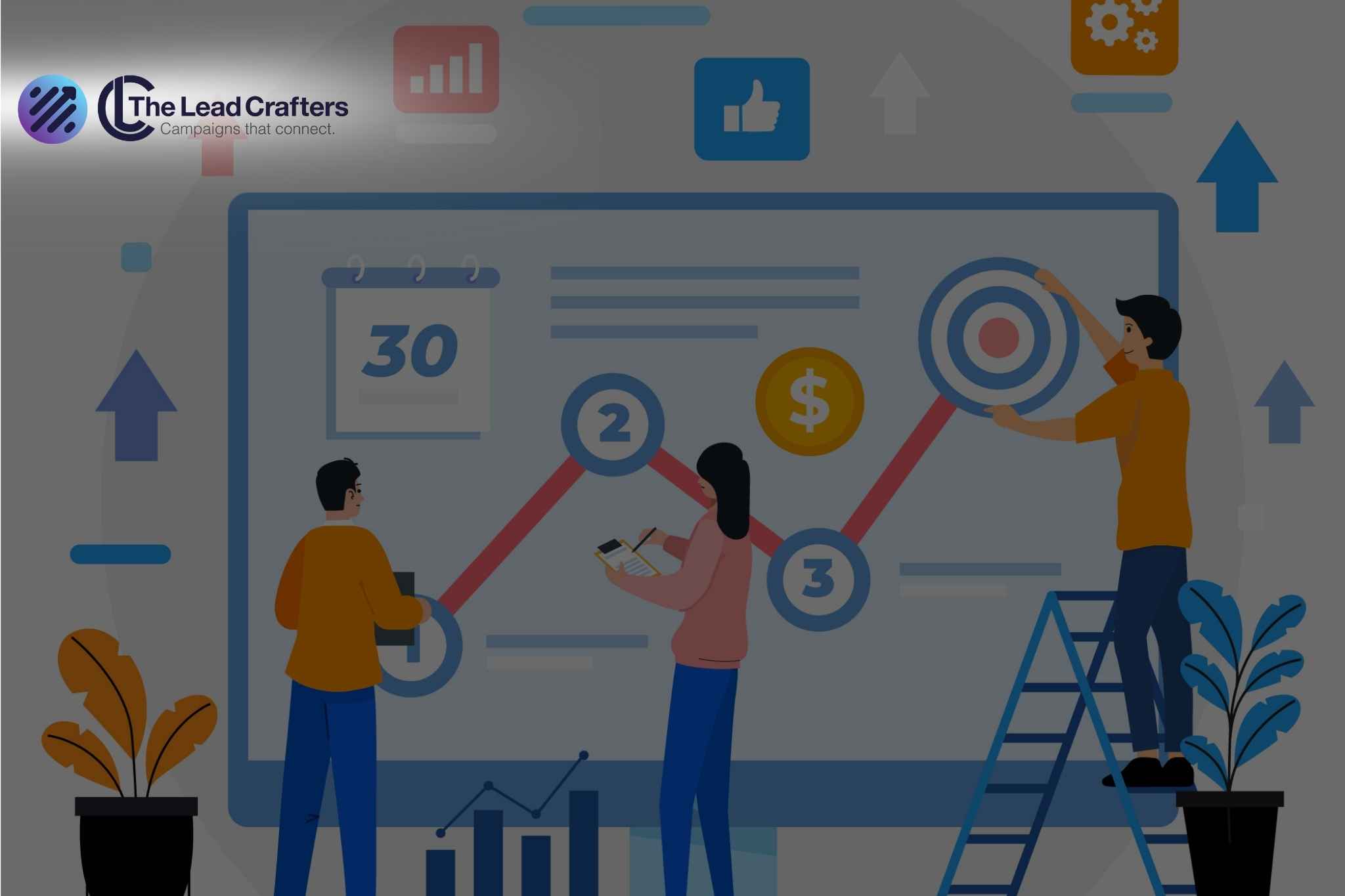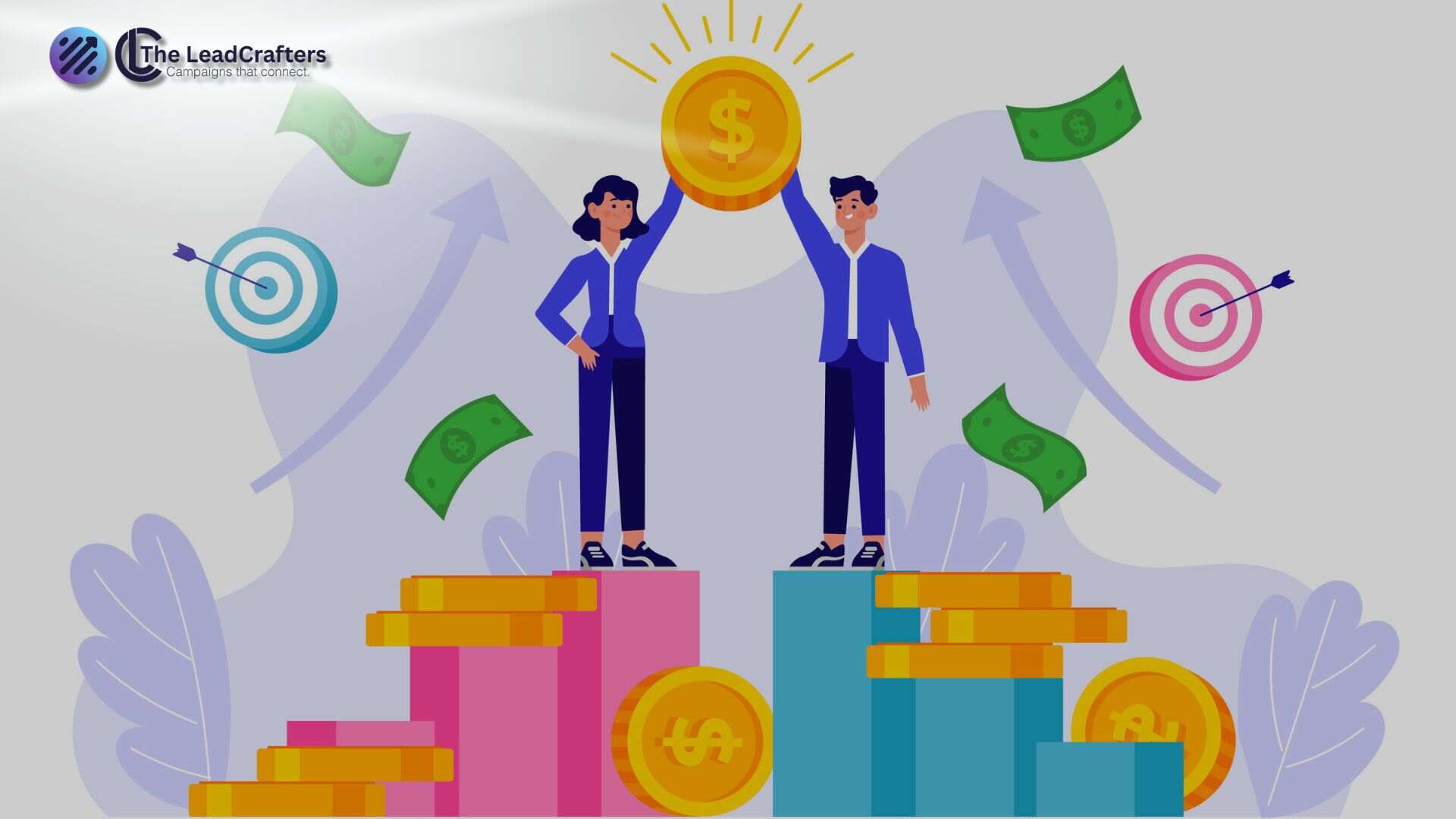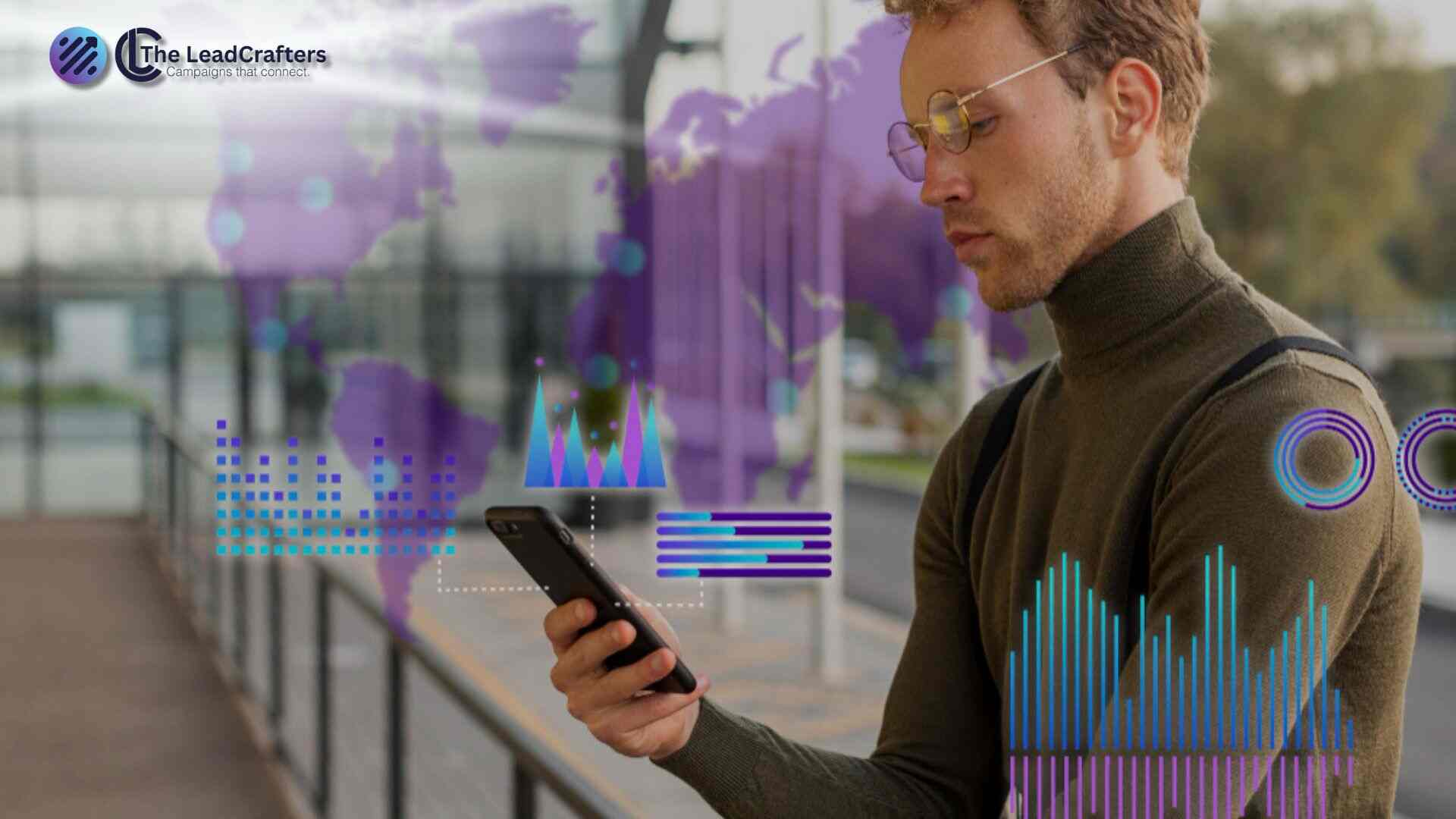In today’s hyper-competitive B2B marketing landscape, generating demand is no longer a one-size-fits-all approach. With organic growth becoming increasingly time-consuming and algorithm-dependent, paid media strategies have become a powerful engine for driving targeted traffic, capturing high-intent leads, and accelerating pipeline velocity.
At The LeadCrafters, we help businesses unlock demand generation at scale using data-driven paid media campaigns that go beyond just impressions and clicks. This blog dives deep into actionable paid media strategies that can supercharge your B2B demand generation efforts and turn your marketing budget into a lead-generation powerhouse.
What Is Paid Media in Demand Generation?
Paid media refers to any form of advertising you pay for—such as search engine ads, social media ads, display ads, and native ads. It’s a key component of the demand generation funnel because it enables precise targeting, fast visibility, and scalable results.
While organic efforts like SEO and content marketing build long-term authority, paid media accelerates reach and engagement—especially in the awareness and consideration stages of the buyer journey.
Common Paid Media Channels:
- Google Ads (Search & Display)
- LinkedIn Ads
- Facebook & Instagram Ads
- YouTube Pre-Roll & In-Stream Ads
- Twitter/X Ads
- Native Ads via Outbrain, Taboola
- Programmatic Advertising Platforms
Why Use Paid Media for Demand Generation?
Scaling demand generation with paid media offers several distinct advantages:
1. Speed to Market
Unlike organic strategies, paid media gets your message in front of your ideal audience almost instantly.
2. Targeted Reach
Advanced segmentation allows you to target by job title, company size, industry, behavior, intent signals, and more.
3. Scalability
Once you find winning ad creatives and funnels, scaling is as simple as increasing your budget and reach.
4. Measurability
Paid channels provide real-time performance data, making it easier to track ROI and optimize campaigns.
Top Paid Media Strategies for Scaling Demand Generation
1. Run Intent-Driven Campaigns Using Search Ads
Google Search Ads are a high-performing channel for capturing bottom-of-the-funnel (BOFU) leads who are actively searching for solutions.
Best Practices:
- Bid on high-intent keywords like “best CRM software for B2B” or “lead generation services for SaaS.”
- Use dynamic keyword insertion (DKI) for relevance.
- Align landing pages with ad copy for better Quality Score.
- Use ad extensions (sitelinks, callouts) to increase CTR.
Pro Tip: Don’t just stop at branded or competitor terms—also capture informational queries and offer value-based lead magnets like whitepapers or checklists.
2. Leverage LinkedIn Ads for Precise B2B Targeting
LinkedIn is gold for B2B demand generation due to its robust targeting options, including job title, seniority, industry, company size, and more.
High-Performing LinkedIn Campaign Types:
- Lead Gen Forms: Pre-filled forms with LinkedIn user data.
- Sponsored Content: Promote gated content or blog posts.
- Conversation Ads: Drive one-on-one engagement in inboxes.
- Video Ads: Increase brand recall and engagement.
Use Case:
Target “Marketing Managers in SaaS companies with 50-500 employees in North America” and serve them a free eBook on ABM strategy. Follow up with retargeting ads for a demo offer.
3. Create Full-Funnel Campaign Structures
A major mistake B2B marketers make is running only top-funnel or bottom-funnel campaigns. Paid media should nurture buyers across the funnel.
Funnel-Based Paid Media Structure:
- Top of Funnel (TOFU): Awareness (e.g., blogs, videos, infographics)
- Middle of Funnel (MOFU): Consideration (e.g., case studies, webinars, comparison guides)
- Bottom of Funnel (BOFU): Conversion (e.g., demo requests, pricing pages, trials)
Run sequential campaigns and use retargeting to push users down the funnel. This improves conversion rates and ROI significantly.
4. Utilize Programmatic Advertising for Wider Reach
Programmatic platforms like The Trade Desk or Google Display Network allow you to run automated, AI-driven display campaigns across thousands of websites.
Benefits:
- Behavioral and contextual targeting
- Real-time bidding for ad placements
- Personalized ad creatives at scale
Use programmatic display ads for brand awareness, retargeting, and even ABM campaigns with dynamic creatives.
5. Retarget and Re-Engage with Precision
Most B2B buyers won’t convert on their first visit. That’s why retargeting is one of the most powerful paid media strategies for demand generation.
Examples of Retargeting Campaigns:
- Website Visitors: Serve ads to users who visited product or pricing pages.
- Email Clickers: Retarget based on email engagement using platforms like Meta or Google.
- Lead Re-Engagement: Reignite cold leads with a new offer or case study.
Use frequency capping and sequential messaging to avoid ad fatigue while staying top-of-mind.
6. A/B Test Creative and Copy Continuously
Success in paid media comes from continuous experimentation. Always be testing:
- Headlines
- Ad formats (carousel, video, single image)
- Call-to-actions (CTAs)
- Value propositions
- Audience segments
Use insights from winning variations to scale your most effective campaigns and kill the underperformers quickly.
7. Align Paid Media with Sales Enablement
Your paid campaigns shouldn’t operate in a silo. Instead, they should fuel your sales pipeline directly by delivering warm, high-intent leads.
Tactics:
- Use CRM-integrated lead gen forms (HubSpot, Salesforce)
- Pass MQLs to SDRs with proper context
- Provide sales with ad creative and messaging to maintain consistency
This alignment ensures higher MQL to SQL conversion rates and shortens the sales cycle.
8. Use Multi-Channel Attribution Models
Don’t just credit the last click. A buyer’s journey often includes multiple paid and organic touchpoints.
Use multi-touch attribution tools like:
- HubSpot Attribution Reports
- Google Analytics 4
- Dreamdata or HockeyStack (for B2B)
Understanding which channels assist conversions allows you to allocate budget more effectively.
Common Mistakes to Avoid in Paid Media Demand Gen
- Focusing only on leads and not pipeline quality
- Neglecting retargeting or nurturing sequences
- Using the same messaging for all funnel stages
- Over-targeting too narrow audiences (limits scale)
- Not optimizing post-click experience (bad landing pages)
Avoid these traps by treating paid media as part of a holistic demand generation strategy—not just a lead volume tool.
Metrics That Matter
When scaling paid demand gen campaigns, focus on metrics that indicate pipeline contribution and ROI, such as:
- Cost Per Lead (CPL)
- Lead-to-MQL and MQL-to-SQL conversion rate
- Pipeline Generated (in $)
- Customer Acquisition Cost (CAC)
- Return on Ad Spend (ROAS)
Platforms like LinkedIn Campaign Manager, Google Ads, and your CRM should be synced to track full-funnel performance.
Final Thoughts: Paid Media as a Demand Engine
When used strategically, paid media becomes a force multiplier for B2B demand generation. It’s not just about generating leads—it’s about generating qualified interest, nurturing that interest with intent-based content, and converting it into revenue.
Whether you’re scaling a SaaS startup or revamping your enterprise demand gen engine, a well-structured paid media strategy can bring predictable pipeline growth.
How The LeadCrafters Can Help
At The LeadCrafters, we specialize in building custom paid media strategies that align with your buyer journey, sales process, and revenue goals. From keyword research and ad creative to campaign execution and optimization, we offer end-to-end paid media services designed to fuel scalable demand generation.
Let’s craft your demand engine.
Contact us today to start driving qualified leads with paid media.



